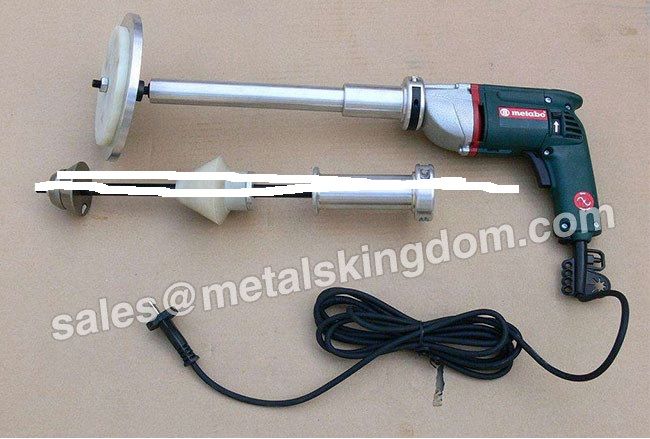- Automobiles & Motorcycles
- Beauty & Personal Care
- Business Services
- Chemicals
- Construction & Real Estate
- Consumer Electronics
- Electrical Equipment & Supplies
- Electronic Components & Supplies
- Energy
- Environment
- Excess Inventory
- Fashion Accessories
- Food & Beverage
- Furniture
- Gifts & Crafts
- Hardware
- Health & Medical
- Home & Garden
- Home Appliances
- Lights & Lighting
- Luggage, Bags & Cases
- Machinery
- Measurement & Analysis Instruments
- Mechanical Parts & Fabrication Services
- Minerals & Metallurgy
- Office & School Supplies
- Packaging & Printing
- Rubber & Plastics
- Security & Protection
- Service Equipment
- Shoes & Accessories
- Sports & Entertainment
- Telecommunications
- Textiles & Leather Products
- Timepieces, Jewelry, Eyewear
- Tools
- Toys & Hobbies
- Transportation
UTILIZING A VALVE GRINDING MACHINE - STEP-BY-STEP PROCEDURE
Introduction:
A valve grinding machine is a specialized tool employed in automotive and engine upkeep, designed to restore the optimal functioning of engine valves. This guide will take you through the process of effectively using a valve grinding machine, while also exploring the practicality of owning one.
Using a Valve Grinding Machine:
Preparation: Begin by thoroughly cleaning the valves and valve seats. Remove any dirt, debris, or carbon buildup using an appropriate cleaning solvent. Ensure that both valves and seats are dry before proceeding.
Mounting the Valves: Install the valves securely into the collets or chucks of the valve grinding machine to prevent any movement during the grinding process.
Grinding Compound Application: Apply a small amount of valve grinding compound to the valve face. This abrasive compound aids in material removal, creating a smooth surface during the grinding process.
Engaging the Machine: Adjust the machine's settings, such as speed and direction, according to the manufacturer’s instructions. Start the machine and carefully bring the grinding wheel into contact with the valve face. Use gentle pressure to avoid excessive material removal.

Grinding Process: Move the valve back and forth horizontally and in a circular motion to ensure an even distribution of the grinding action. Regularly monitor the valve face to achieve a uniform and polished surface. Take breaks to prevent overheating and maintain optimal grinding efficiency.
Cleaning: After grinding each valve, wipe away excess grinding compound using a clean cloth. Thoroughly clean the valve and seat to eliminate any residual compound before moving on to the next valve.
Lapping Process (Optional): If necessary, perform a lapping process to refine the valve and seat contact surfaces. This involves applying a fine abrasive paste and manually rotating the valve for a precise fit.
Final Inspection: After completing the grinding and optional lapping process for all valves, carefully inspect the valve faces and seats. They should exhibit a smooth and evenly ground surface.
Are Valve Grinding Machines Worth Having?
Valve grinding machines prove valuable for individuals engaged in frequent engine work or automotive maintenance. Consider the following factors when determining the practicality of owning one:
Frequency of Use: If you regularly work on engines, owning a valve grinding machine is beneficial for convenient and cost-effective valve maintenance
Cost Savings: Eliminating the need for professional machine shop visits can result in significant cost savings over time.
Control and Convenience: Ownership provides control over the entire grinding process, allowing for precise maintenance at your convenience.
Learning Curve: Operating a valve grinding machine requires skill and knowledge. Beginners should learn proper techniques and seek guidance to avoid damaging valves.
Ultimately, the decision to own a portable valve grinding machine hinges on specific needs, expertise level, and frequency of use.
If you are interested in sending in a Guest Blogger Submission,welcome to write for us!




Comments
0